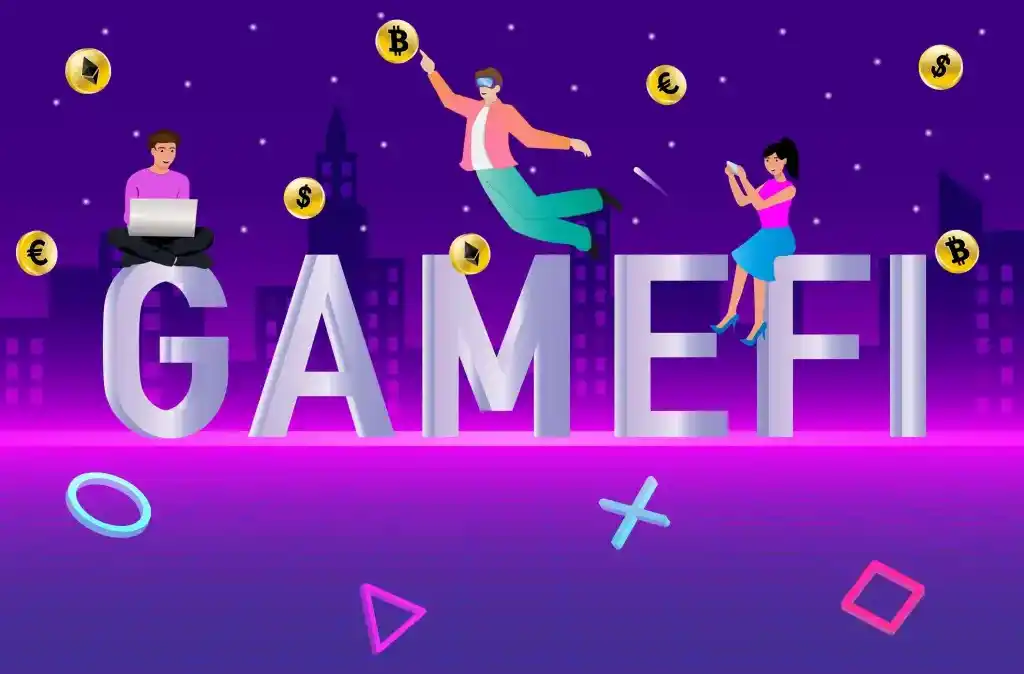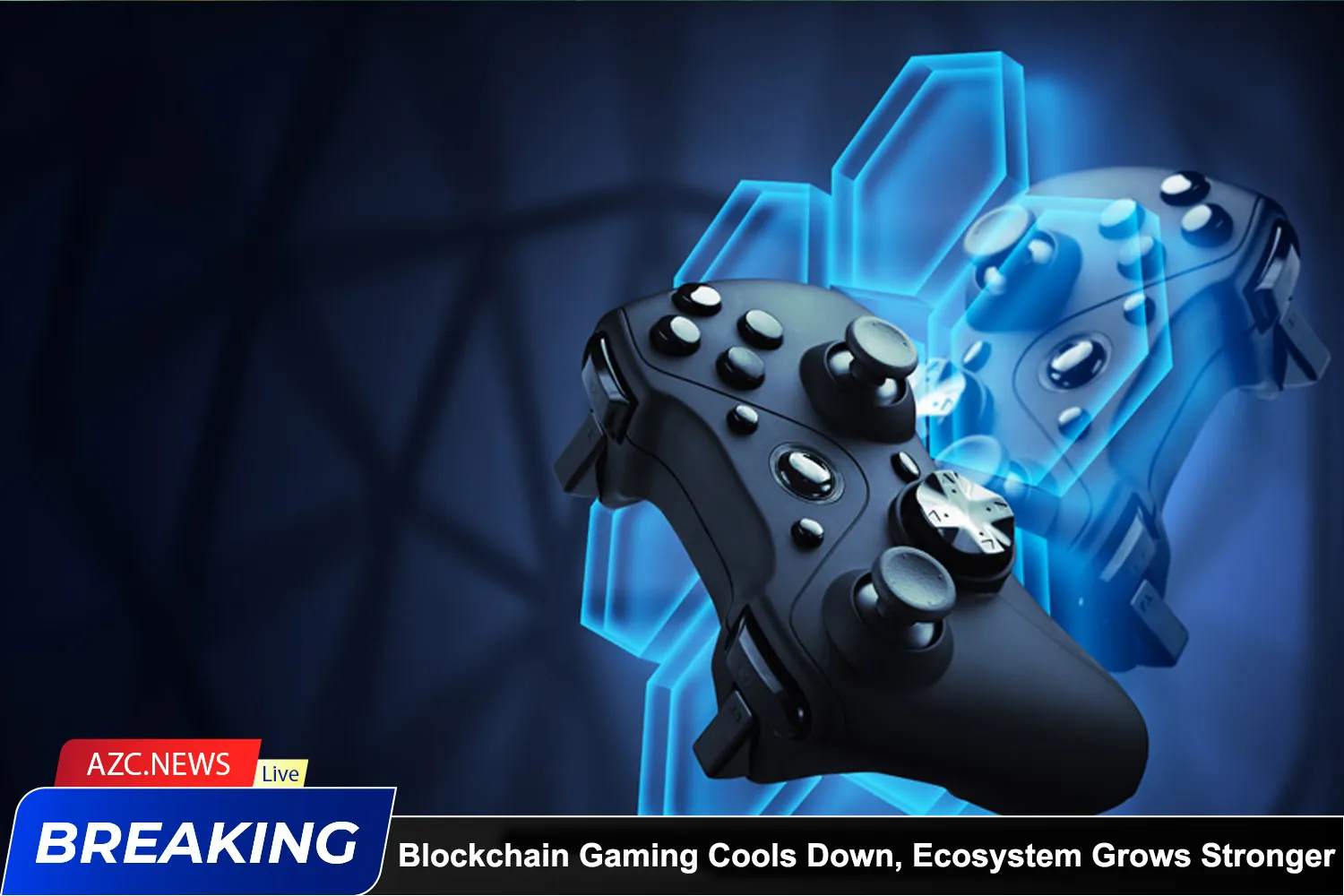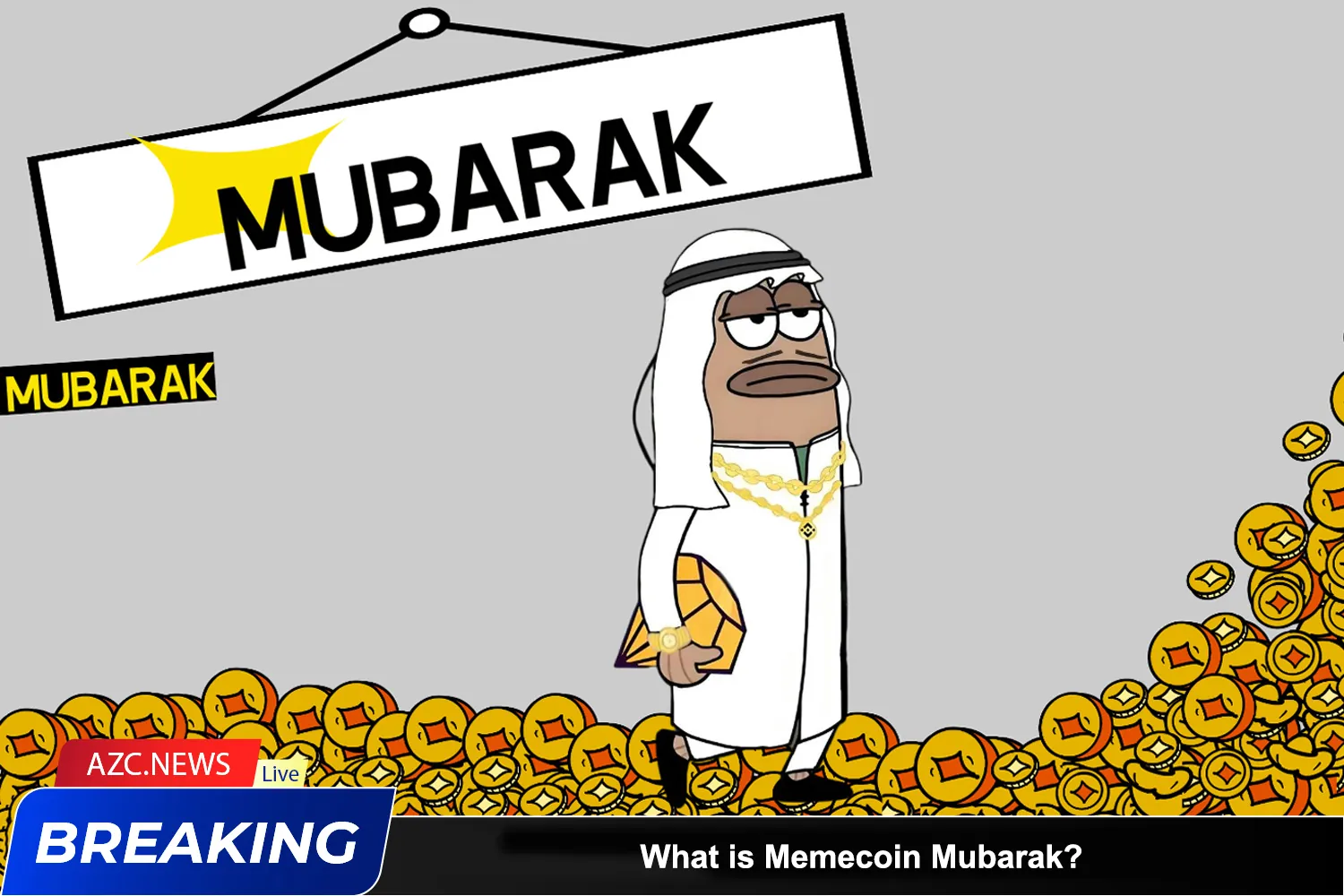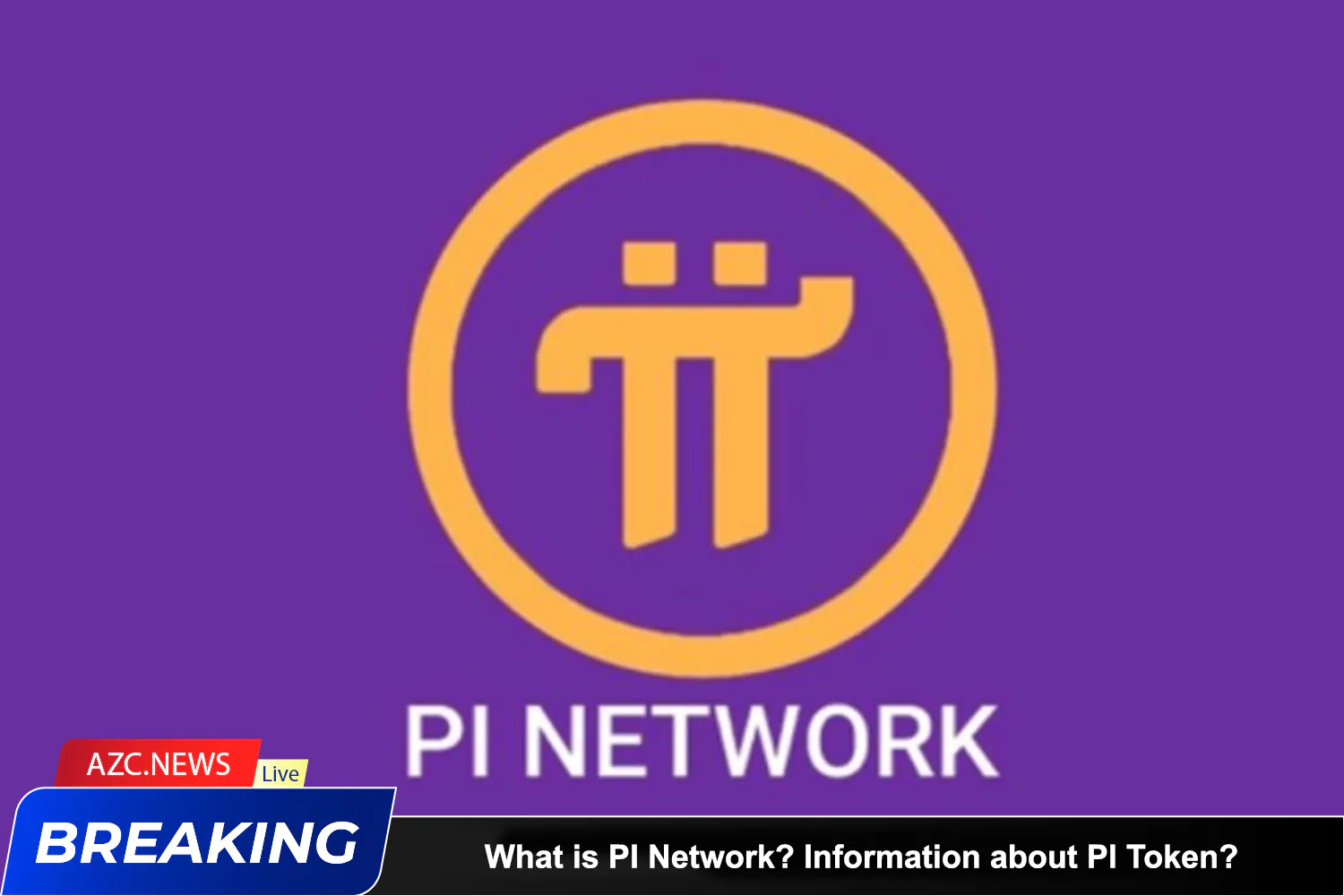If we rewind back to 2021, we can all recall that GameFi was one of the hottest buzzwords at the time. It not only ushered in a new era for gaming but also helped many investors rapidly increase their accounts in a short time span. As web3 continues to evolve, we can expect GameFi to be widely adopted by users, not only in the crypto market but also in traditional gaming.
So, what is GameFi? What elements make up GameFi? Let’s dive into AZCoiner’s article to find out.
What is GameFi?
GameFi, also known as “Game Finance,” is a new form of blockchain-based gaming that incorporates DeFi (Decentralized Finance) elements. Unlike traditional games, these games utilize blockchain technology and Non-Fungible Tokens (NFTs) to create in-game assets, allowing players to own and trade digital assets on NFT marketplaces.
GameFi comes in various complexity levels, from simple lottery games to complete MMORPGs. Whether through missions, trading, or any mechanism, it enables players to earn cryptocurrency assets for their in-game efforts.
Components
To operate, GameFi projects typically include the following components:
1. Token Economics: This forms the core of GameFi projects. It often issue their own tokens and build the in-game economy around them. Most current games have two types of tokens:
– Governance Tokens: These are the primary game tokens that empower the community to govern the game. They usually have a limited supply and can be used to purchase in-game items, characters, clothing, and other assets.
– Reward Tokens: These tokens are earned by users when they engage in activities and are used to access game features. They typically have no supply limit.
2. Blockchain: GameFi is built on blockchain platforms like Ethereum, Polygon, BNB Chain, to facilitate game operations, ensuring transparency and security for all transactions.
3. In-Game Assets as NFTs: GameFi allows players to own and manage digital assets such as trading cards, in-game items, and more. Players can also mine resources in the game to earn project tokens as rewards.
4. DeFi Activities: GameFi integrates DeFi features into games, allowing players to profit from participating in investment activities or playing games. DeFi activities can include lending, renting, staking, and liquidity provision.
Overall, GameFi projects aim to deliver a new gaming experience, integrating the advantages of DeFi and blockchain into games, enabling players to create value and earn profits.
Read more: What is an NFT and how does it work?
Operating Mechanisms
Projects employ various mechanisms to balance in-game tokens and provide rewards. These mechanisms include:
– PvP (Player vs. Player) and PvE (Player vs. Environment) interactions, daily tasks (logging in, completing system requirements, ….), and other interactions that reward users.
– Token consumption mechanisms, such as Breeding (creating new characters) and withdrawal fees.
Finally, NFTs are typically key to playing the game, and they can also be burned if too many are generated through Breeding.
Prominent GameFi Projects

1. Axie Infinity
Axie Infinity was the pioneer of the Play-to-Earn trend, introducing many to GameFi. The game revolves around unique, Axolotl-inspired creatures. Players need to buy Axies as NFTs representing in-game characters on NFT marketplaces. They can then form teams of three Axies to battle against other players in various game modes. Players earn Smooth Love Potion (SLP) tokens as rewards for battles and completing tasks.
During its peak in November 2021, Axie Infinity had attracted 2.7 million daily active users.
2. The Sandbox
The Sandbox is a unique Metaverse virtual world where players can build, experience, and own virtual assets. Players can use powerful tools to create their virtual worlds according to their preferences. They can also rent or sell their virtual assets on NFT marketplaces to receive tokens.
3. Decentraland
Built on the Ethereum blockchain, Decentraland is a virtual reality space where users can participate in virtual events and earn money. Using its native cryptocurrency, MANA, Decentraland rationalizes transactions and real ownership of virtual real estate, digital assets, and artworks.
The dynamic virtual economy in GameFi offers participants opportunities to interact, exchange, and earn income from diverse activities.
Conclustion
If we look back to the crypto market’s uptrend in 2020 and 2021, GameFi was an exciting breeze, a major trend driving the market’s growth. However, in the current crypto market slump, GameFi projects have lost some of their prominence. Nevertheless, in the next uptrend cycle, it is sure to make a comeback and continue to grow, rather than being forgotten by the community, as with previous trends







